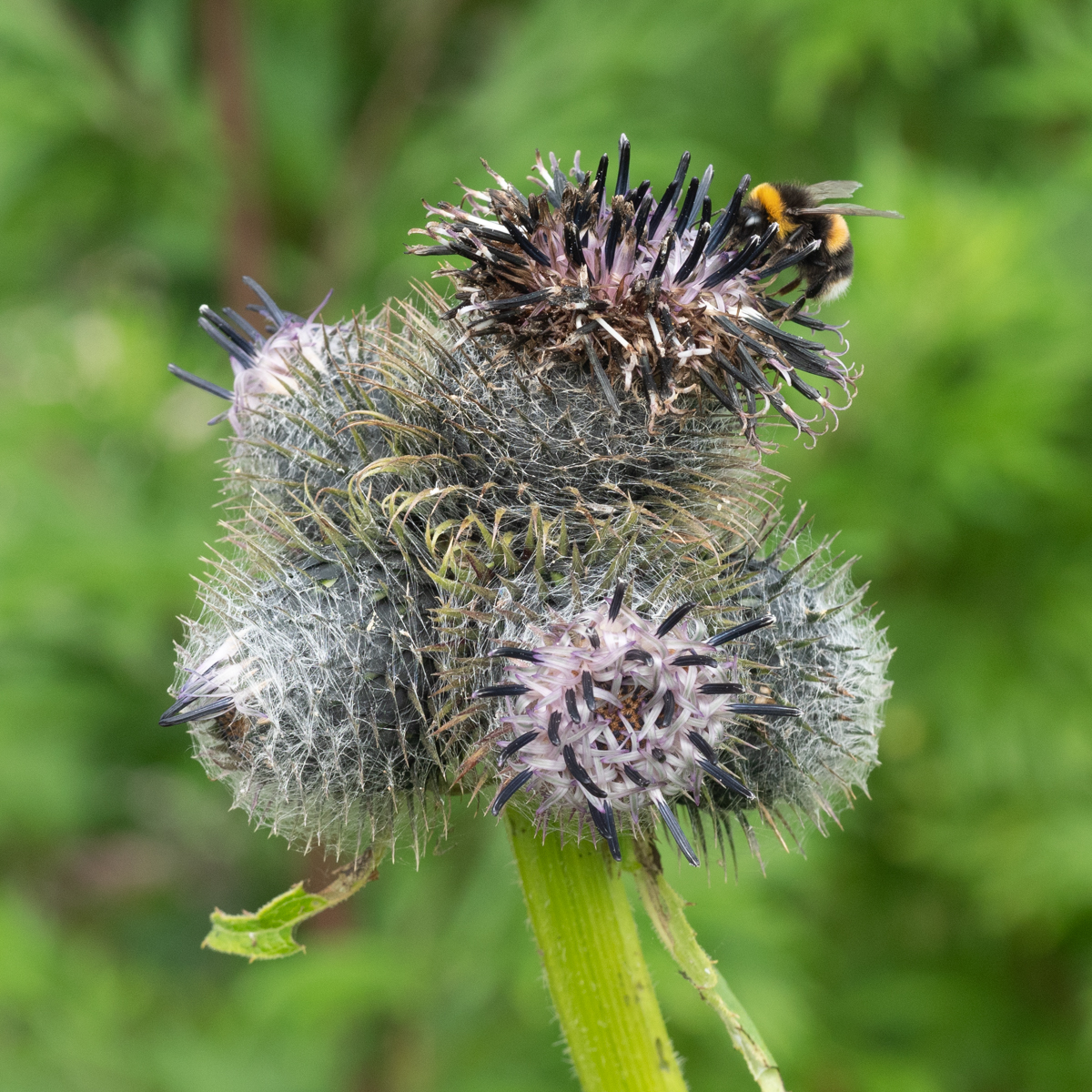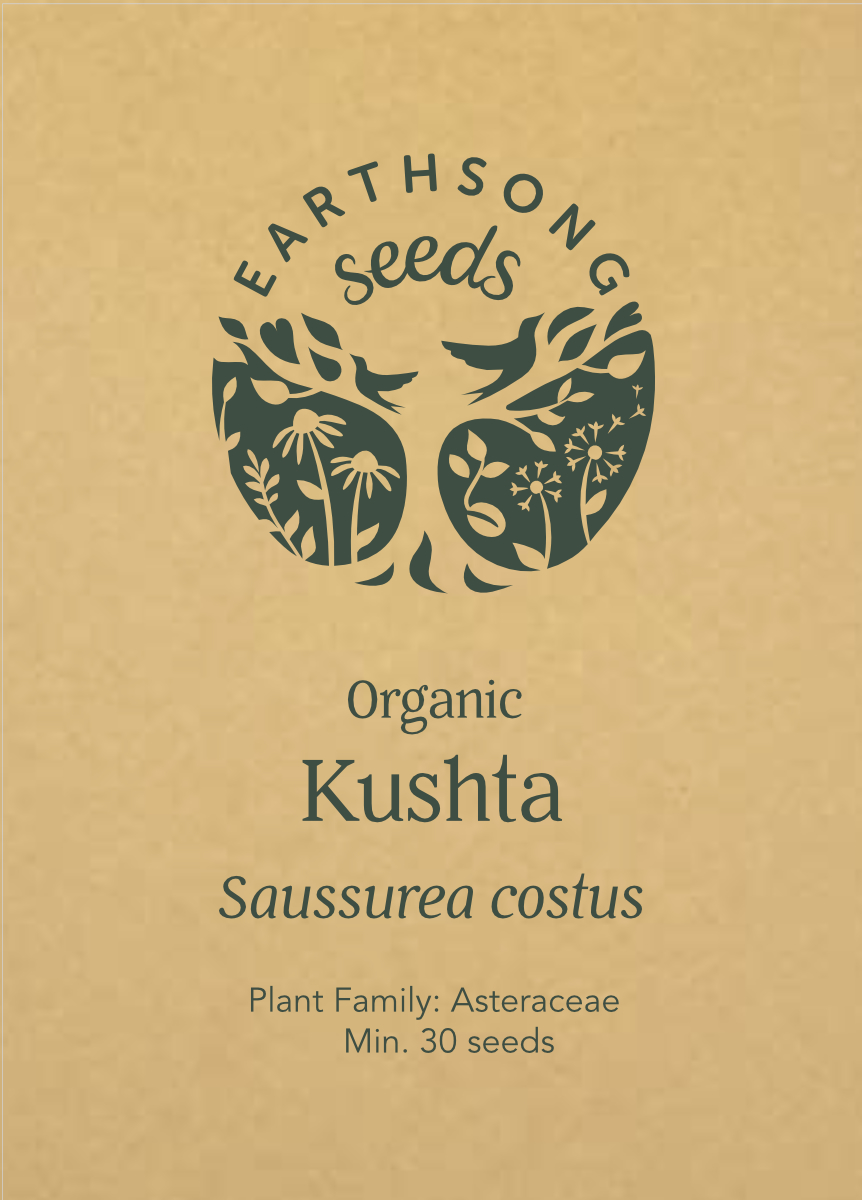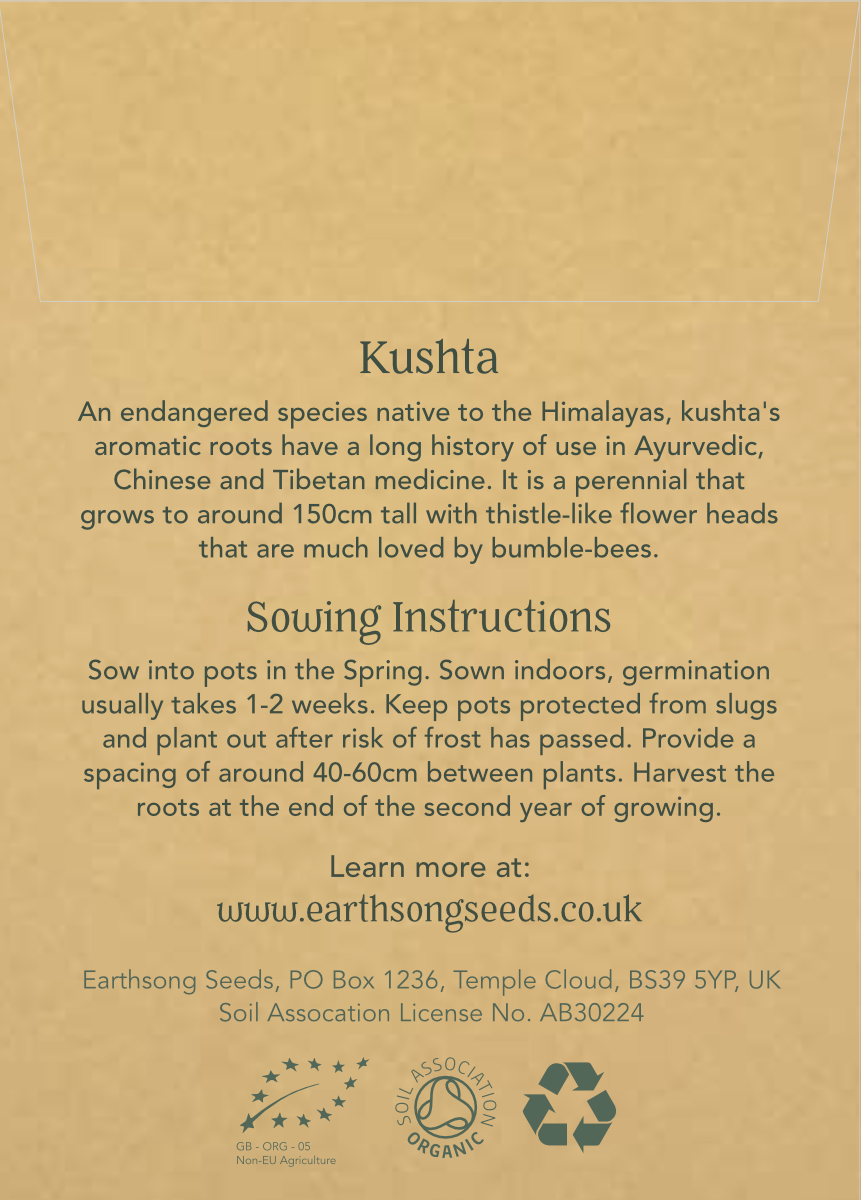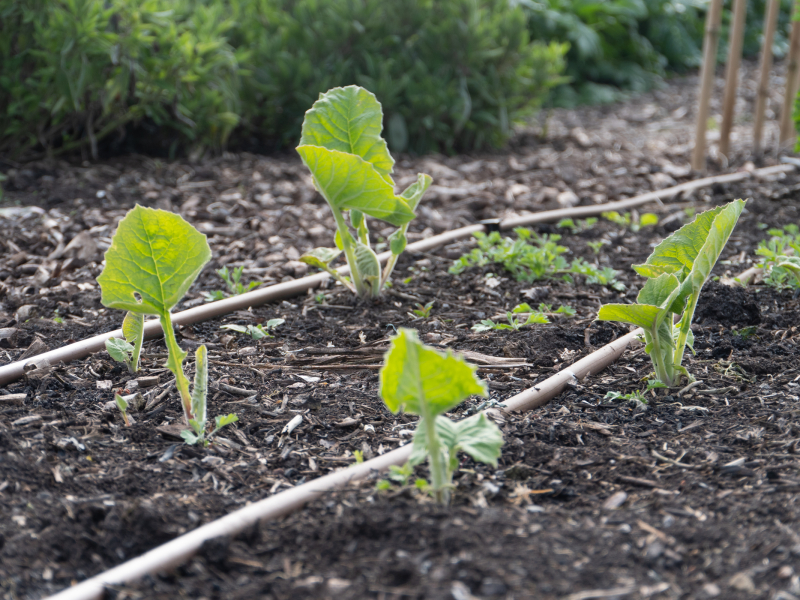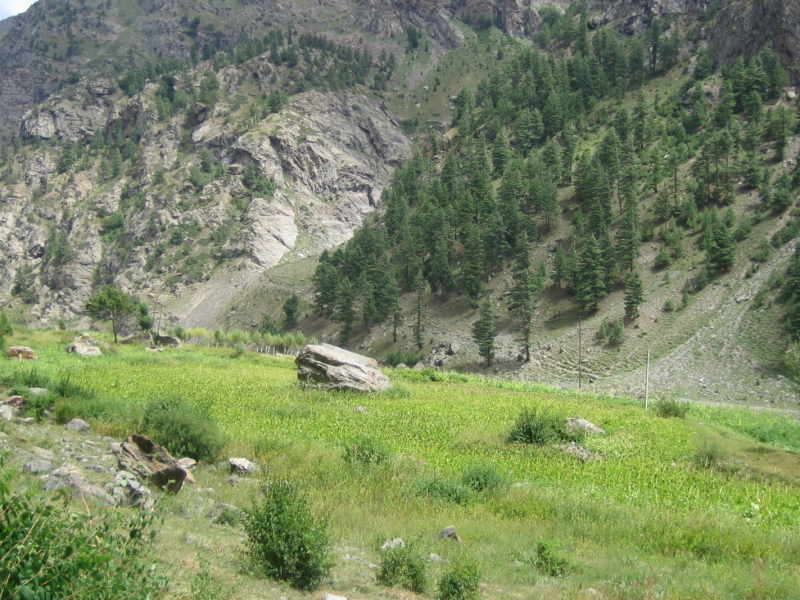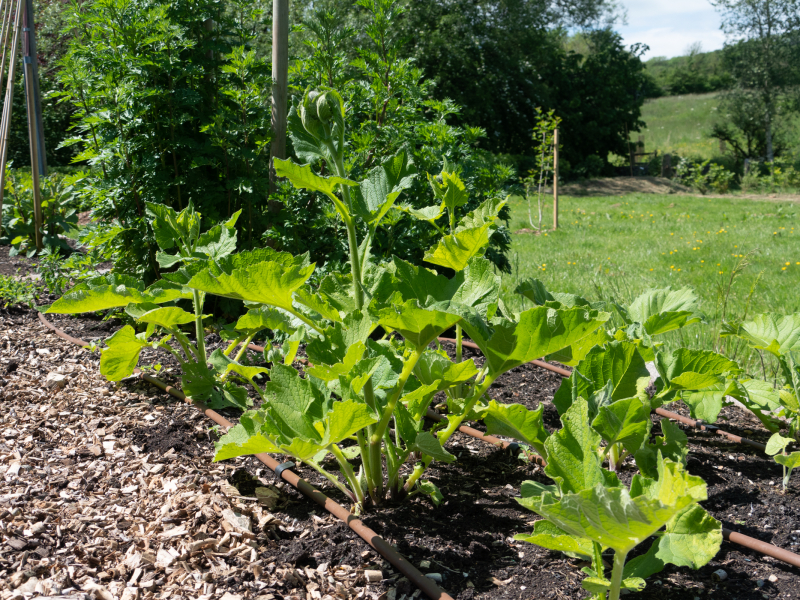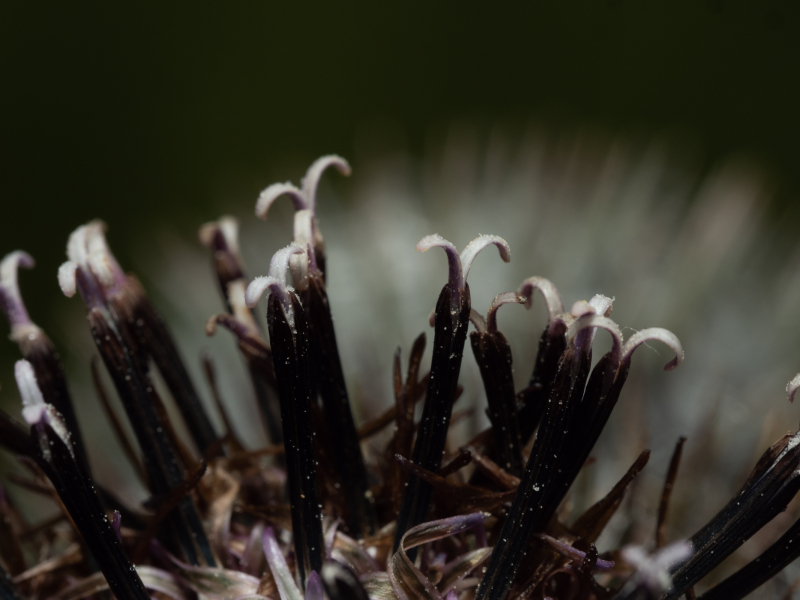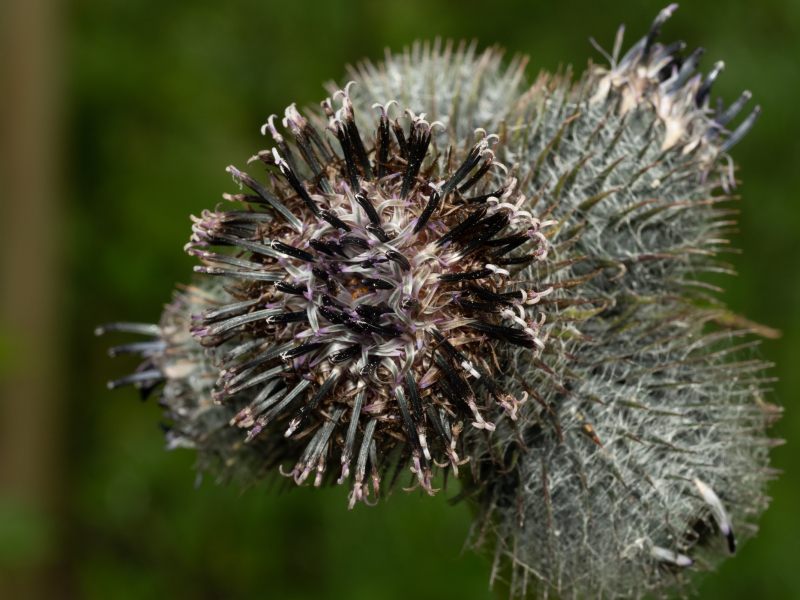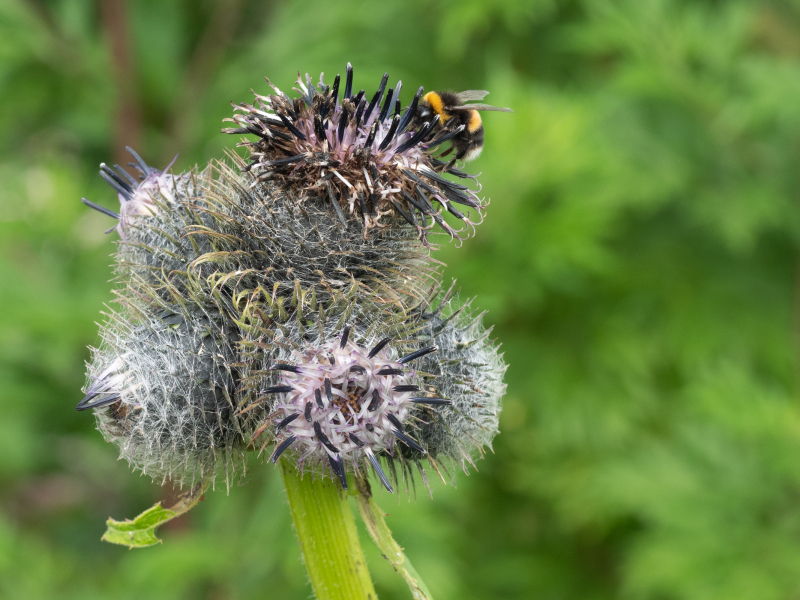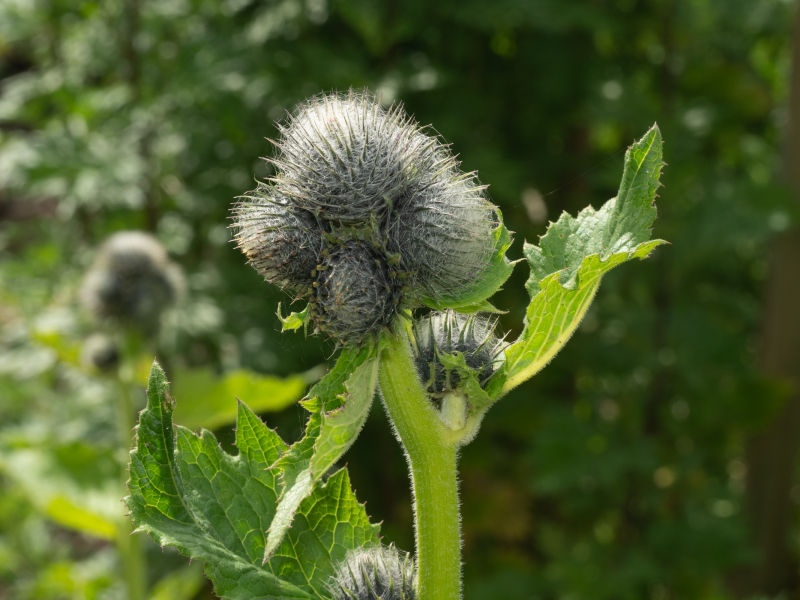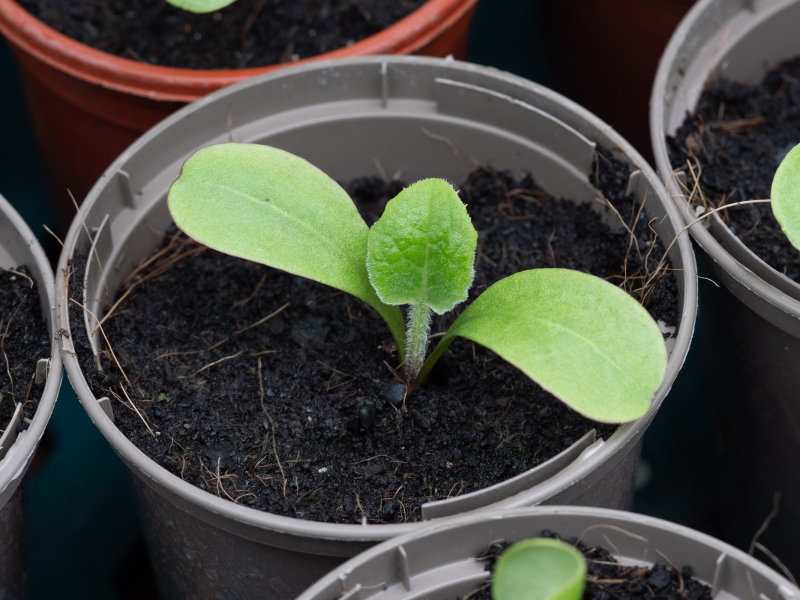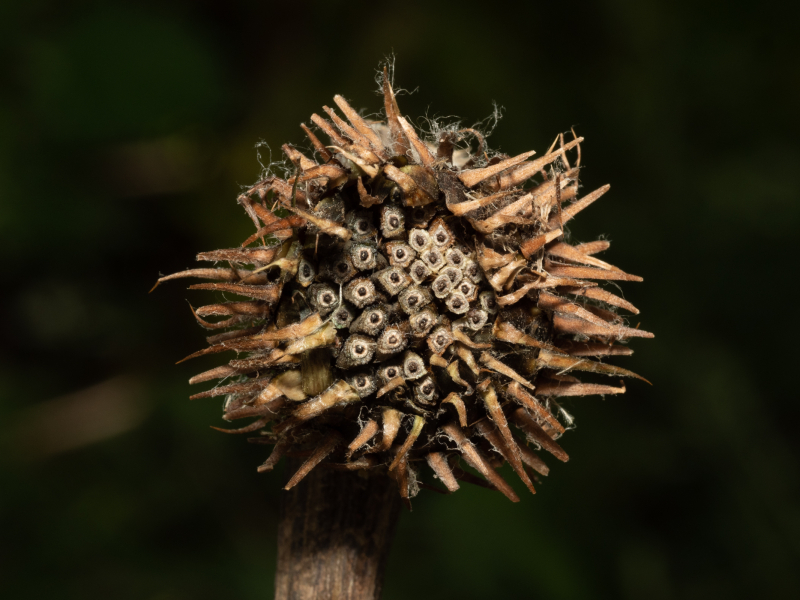Description
Kushta is a herb that is native to the Himalayas and has become an endangered species due to over-harvesting of its aromatic roots for use in Ayurvedic, Traditional Chinese and Tibetan medicine systems, as well as for its essential oil which is used in high-end perfumery.
We are very excited to be able to offer this seed; it has taken us about four years of trial and error growing it in our nursery to be able to produce enough seed to share. This is the first of several CITES-listed (endangered) species that we are growing in our nursery to be added to the website, and we offer it in the hope that we can all collectively play a part in its conservation by giving it a safe home in our herb gardens. Please do collect the seed and multiply.
The plant is a herbaceous perennial that grows up to around 150cm in height. It has large leaves that are similar in size and appearance to burdock and produces roots with a unique sweet, earthy, musky aroma. It is relatively easy to grow but can struggle with wet winters and late frosts. Its flowers are adored by bumble bees.
If you’re doing your own research on this species, please note that it is often referred to by its original botanical name, Saussurea lappa. Like many changes in plant nomenclature, the adoption of this relatively new name has taken time and often leads to confusion. Many TCM practitioners will also know it by its Chinese name, ‘Mu xiang’.

